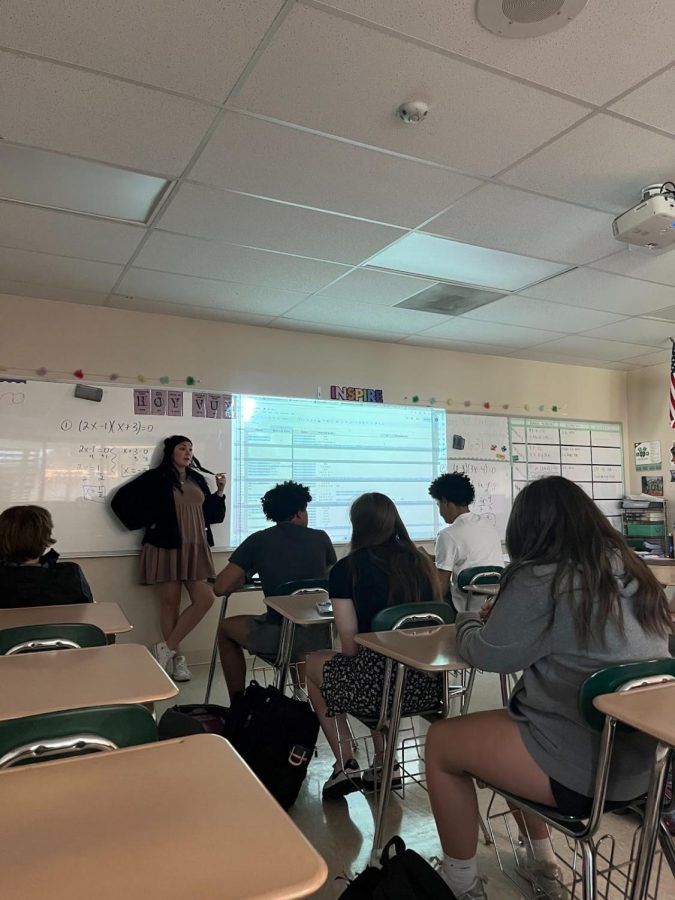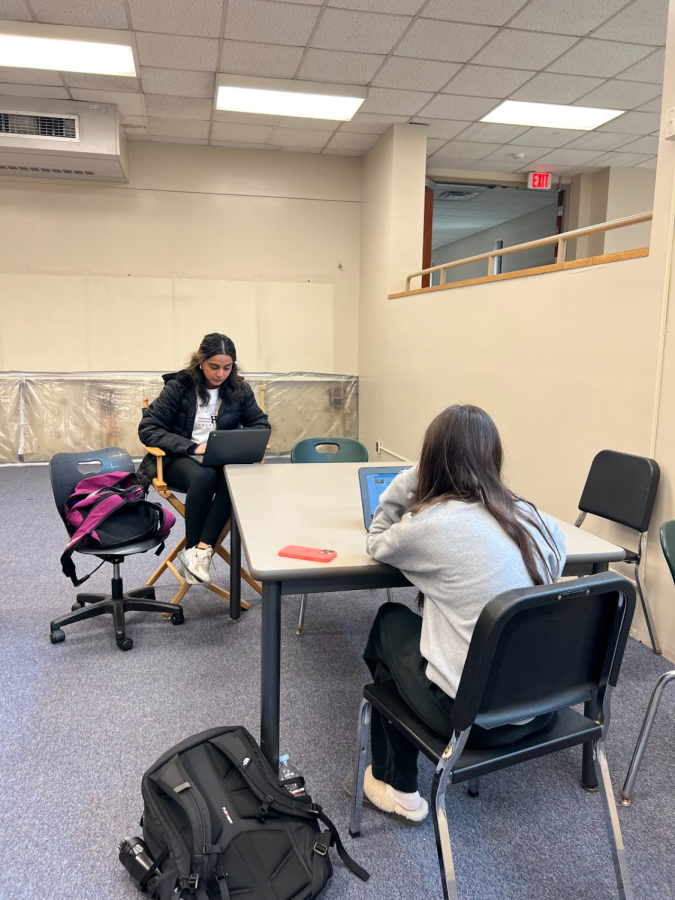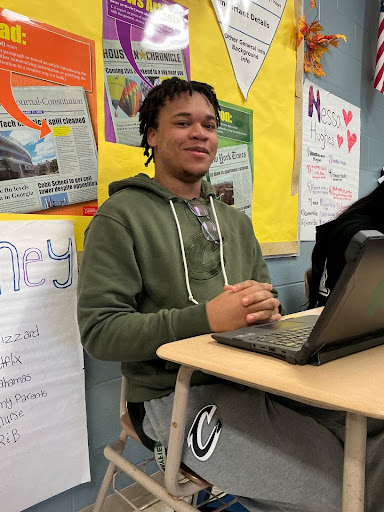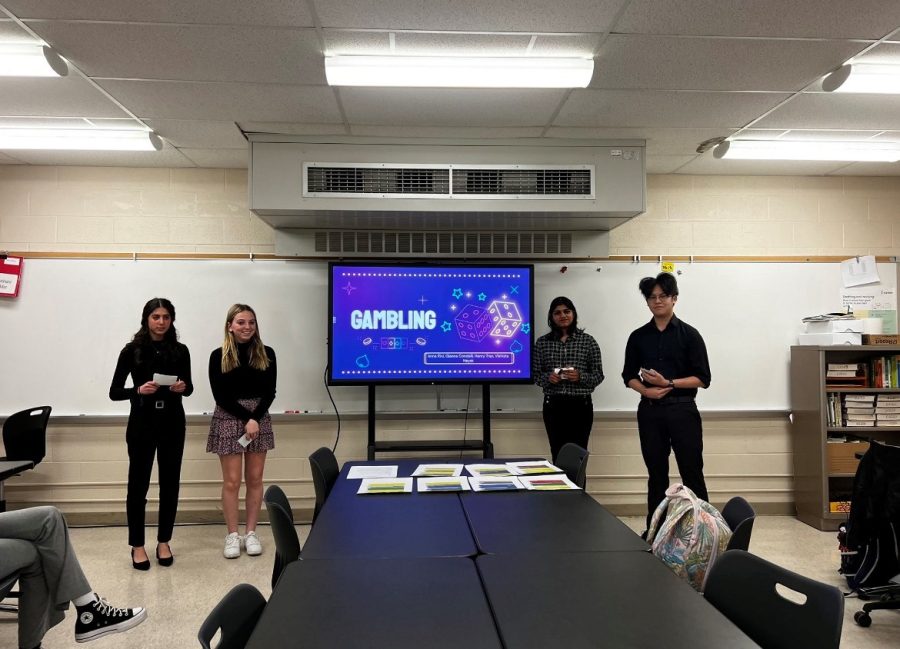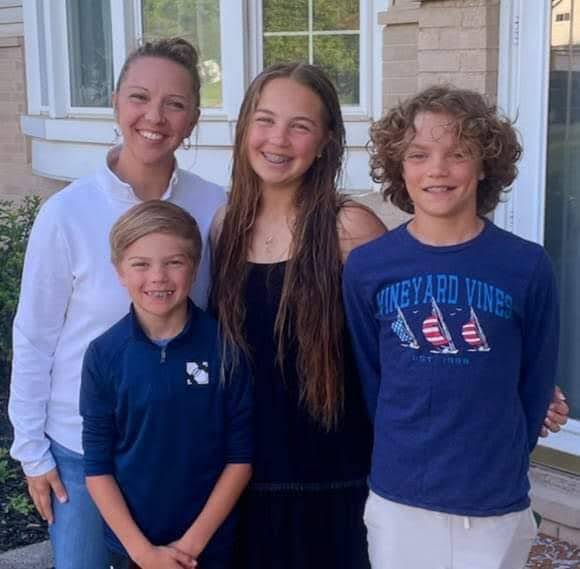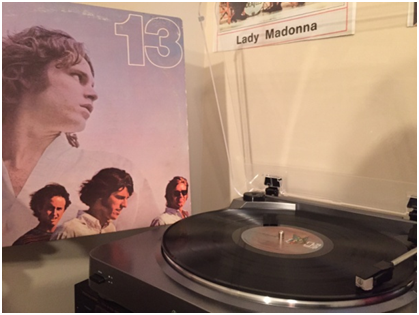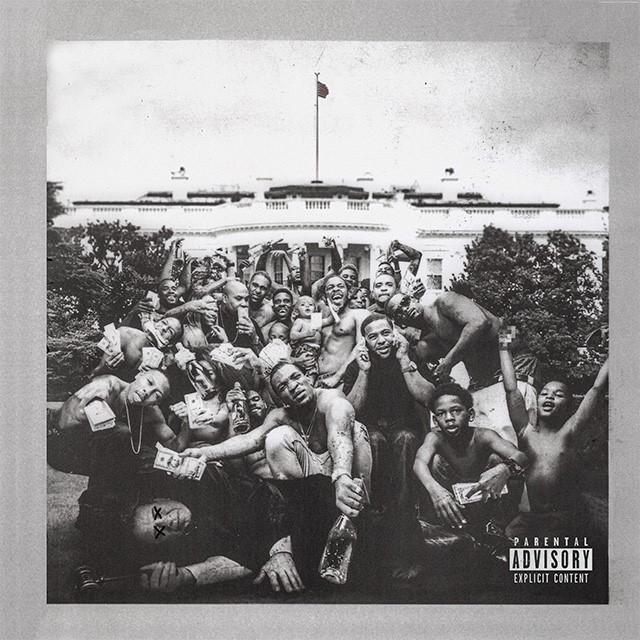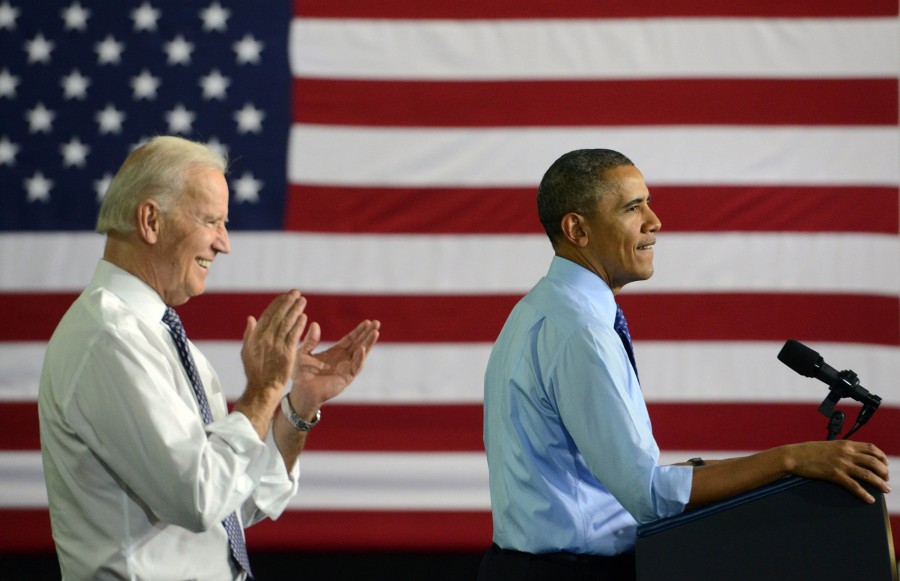Obama’s push for free community college stirs debate
President Barack Obama and Vice President Joe Biden visit the Community College of Allegheny County West Hills Center in Oakdale, Pa., on Wednesday, April 16, 2014. (Michael Henninger/Pittsburgh Post-Gazette/MCT)
February 2, 2015
Feb. 02–President Barack Obama isn’t likely to see Congressional approval of his plan to extend free community college to millions of Americans, but the $60 billion proposal has certainly stirred up debate.
Many wonder whether extending universal access to two-year schools is just too expensive, while others worry such a program might crowd out more worthwhile education goals.
And in Missouri, some question how such a plan might affect a similar — albeit smaller — existing program in place for the last 20 years.
The state’s so-called Missouri A+ Schools scholarship program has shown that encouraging broader community college access is one thing, but delivering it can be an expensive proposition.
“Missouri has stepped up with the A+ program,” said Dennis Michaelis, interim chancellor of St. Louis Community College, of the program which helps thousands of students attend two-year schools tuition-free.
“But the number of students allowed into it has grown, while funding has not kept pace.”
The concept of free community college had been making the rounds of education policy circles long before Obama announced it as a priority last month.
The thinking is that the free learning could draw millions to higher education campuses who hadn’t previously considered going to college.
The idea also has gained traction in response to the growing cost of enrolling in college. Nationwide, student loan debt recently passed the $1 trillion mark, surpassing total credit card debt for the first time.
But free community college is a tough sell, if for no other reason than the cost. The Obama administration estimates it would cost about $60 billion over 10 years, with the federal government covering 75 percent of the costs and the states paying the rest.
Among the critics is Republican House Speaker John Boehner, who immediately criticized the president for knowing “full well there’s no blank space in the taxpayers’ checkbook” to pay for the program and mocked him with a Taylor Swift-inspired blog post.
With the Republican majority controlling the U.S. House and Senate, Obama’s plan has been called dead-on-arrival. Yet, state and local programs have not been hopeless politically. Last year, the Democratic stronghold of Chicago, as well as Republican-controlled Tennessee, established community college scholarship programs for high school graduates.
Michaelis said he welcomes the debate Obama has started.
“I’m absolutely excited that the president has brought community colleges to national attention,” he said. “This is a good sign for our country.”
In the early 1900s, making it to the eighth-grade was considered a good education, Michaelis said. By the 1950s, the expectation was that a person needed a high school diploma to get ahead.
Michaelis said treating an associate’s degree from a community college as the new millennium necessity for people looking to live middle-class lifestyles is a natural progression.
“It just makes sense,” he said. “One of the goals we should have as a nation is that everyone should have some degree of postsecondary education. Society calls for more than just a high school education.”
Even if the idea of free community college one day becomes politically popular at the national level, it’s unclear how it might work in Missouri.
Obama’s plan, if adopted in all 50 states, would extend community college access to more than 9 million students, potentially saving them $3,800 each on average in tuition. Schools would be required to offer programs in which credits can be fully transferred to public four-year colleges and universities, or to other certificate programs.
The free tuition would be available to students who maintain a 2.5 grade point average and are enrolled in at least half of a full-time college schedule.
Meanwhile, Missouri has the A+ Schools program meant to cover college tuition and general fees for qualifying students.
Similar to Obama’s plan, A+ scholarships require students to maintain a 2.5 GPA. Missouri’s program, however, also requires students to have a 95 percent high school attendance record and engage in 50 hours of unpaid mentoring and tutoring of other students during high school.
While Missouri’s plan appears to be stricter than the preliminary proposal Obama has outlined, the state’s program falls far short of offering universal access to community college.
Statewide, Missouri had more than 105,000 full- and part-time community college students in 2013. The A+ scholarships, meanwhile, are currently being used by an estimated 14,000 full-time students.
Even at that scale, the program has been on shaky financial footing lately.
Thousands of community college students got letters last summer warning them their A+ scholarships could come up four credit hours short for the current semester because of inadequate state funding. In the end, the situation turned out not to be so dire. A+ recipients only had to pay for one credit hour out-of-pocket.
Leroy Wade, deputy commissioner with the state Department of Higher Education, said Missouri’s A+ program was never intended as a means to offer free community college to all students.
Rather, it was as much about encouraging students to make good decisions in high school and engaging them in their communities.
Whether Missouri would be better served moving toward a broader program like the one Obama envisions remains to be seen, he said.
Another conversation is whether Obama’s plan is tailored to deliver the greatest benefit to the people who need it most.
There’s concern nationally that the plan is too rigid, said Mamie Voight, director of policy research for the Institute for Higher Education Policy.
“If you provide free community college for all, including the students who can afford to go, then you’re taking away resources that could provide a greater benefit to low-income students,” she said.
By focusing a greater share of the resources toward low-income students, the proposal could go beyond paying for tuition and cover room and board also, she said.
Voight also said it’s worth considering if Obama’s proposal would be more effective if it gave students more choices — the opportunity to have two years of free tuition whether at a community college or a four-year university.
“Students should have that option,” she said. “Let them find what is the best fit for them. It would give them the best chance of success.”
Don Fitz, a part-time psychology instructor at St. Louis Community College at Forest Park, said getting more students in the door should be the overall goal.
He said community colleges are adept at matching students with career paths that suit their skills.
“I’ve seen students who struggled. And now they are working in nursing, dental hygiene, funeral home services and anesthesiology,” he said. “They are really doing things our society needs. And a lot of people can’t get into these programs because they don’t have the money for college.”



